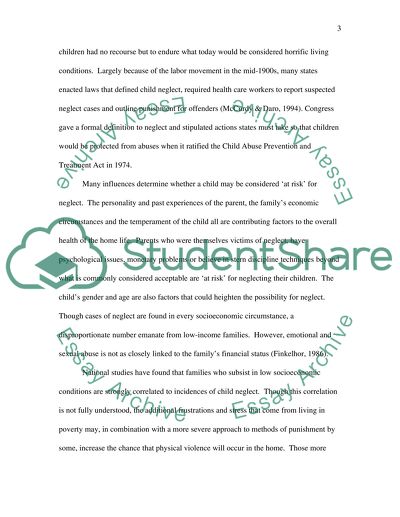Cite this document
(“Child Abuse Essay Example | Topics and Well Written Essays - 1250 words”, n.d.)
Retrieved from https://studentshare.org/miscellaneous/1552426-child-abuse
Retrieved from https://studentshare.org/miscellaneous/1552426-child-abuse
(Child Abuse Essay Example | Topics and Well Written Essays - 1250 Words)
https://studentshare.org/miscellaneous/1552426-child-abuse.
https://studentshare.org/miscellaneous/1552426-child-abuse.
“Child Abuse Essay Example | Topics and Well Written Essays - 1250 Words”, n.d. https://studentshare.org/miscellaneous/1552426-child-abuse.


